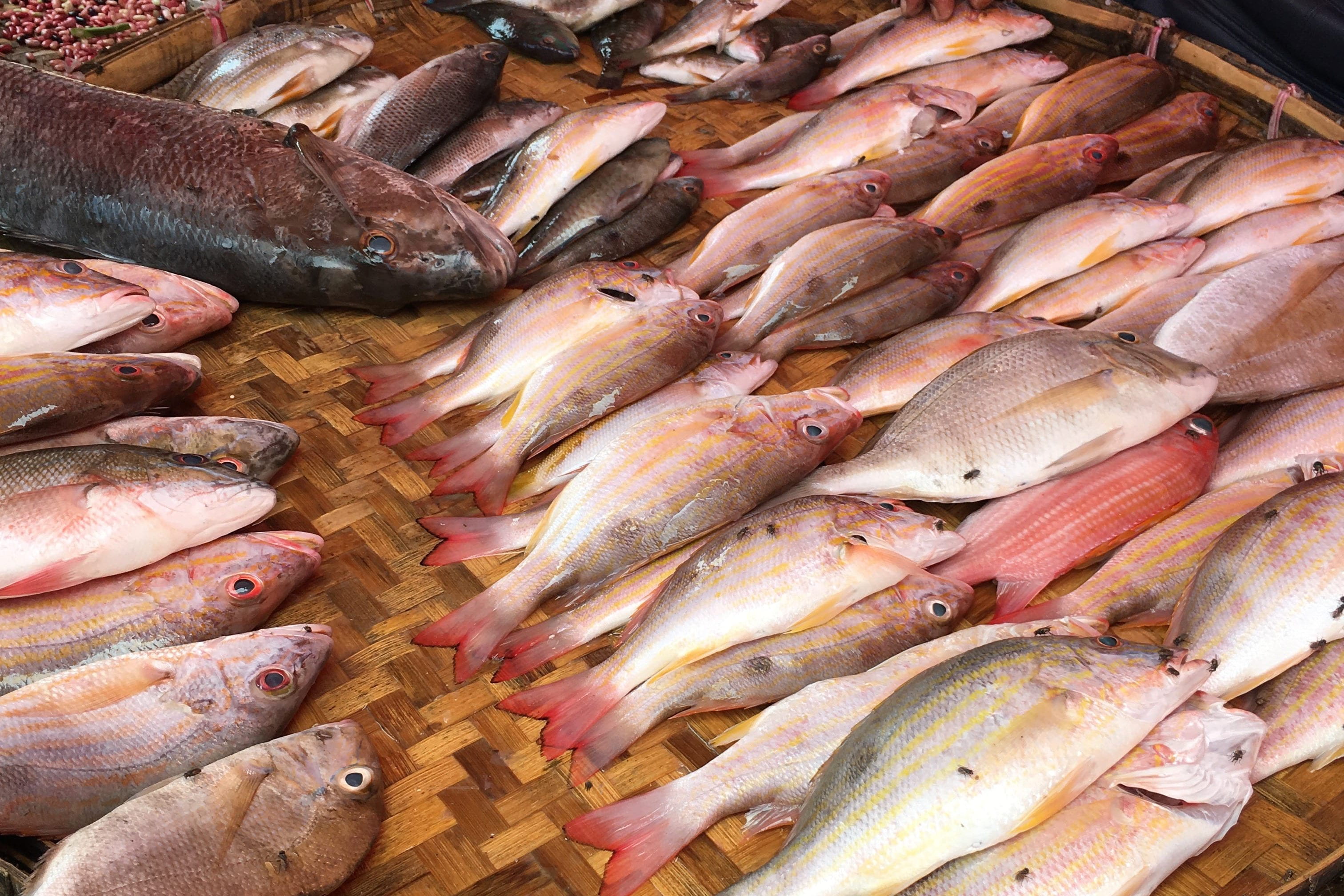Protecting Fisheries in Haiti
A pilot study of cost trends and fish maturity in coastal communities.

Location: Cap Haitien, Haiti
Collaborators: Brown School at Washington University in St. Louis
Description: Fish is an excellent source of protein, micronutrients, and fatty acids that are vital to healthy development in children and maintenance of health in adults. In spite of the fact that Haiti has a massive coastline and relatively large territorial waters, its citizens consume the least amount of fish of all Caribbean nations. Paradoxically, the reason for this may be that Haitian waters are being over fished.
The objectives of this project were to 1) determine if immature fish (specifically grouper, grunts, snapper, and conch) are routinely harvest and sold; and 2) determine if there are changes in per unit costs of fish in coastal fish markets over time to assess the responsiveness of the market to changes in fish stocks.
The research team made regular trips to the fish market over to assess the availability of fish, paying particular attention to grouper, grunts and conch (lambi). At local markets in Cap Haitien and surrounding coastal communities, the study team recorded the total number of merchants selling fish, as well as the number selling juvenile fish focusing on grouper, grunts, and conch. The team purchased bundles of the aforementioned fish types and recorded the cost of each type of fish, weight, length, and width, as well as stage of sexual maturity.
Sponsor: Brown School Global Programs